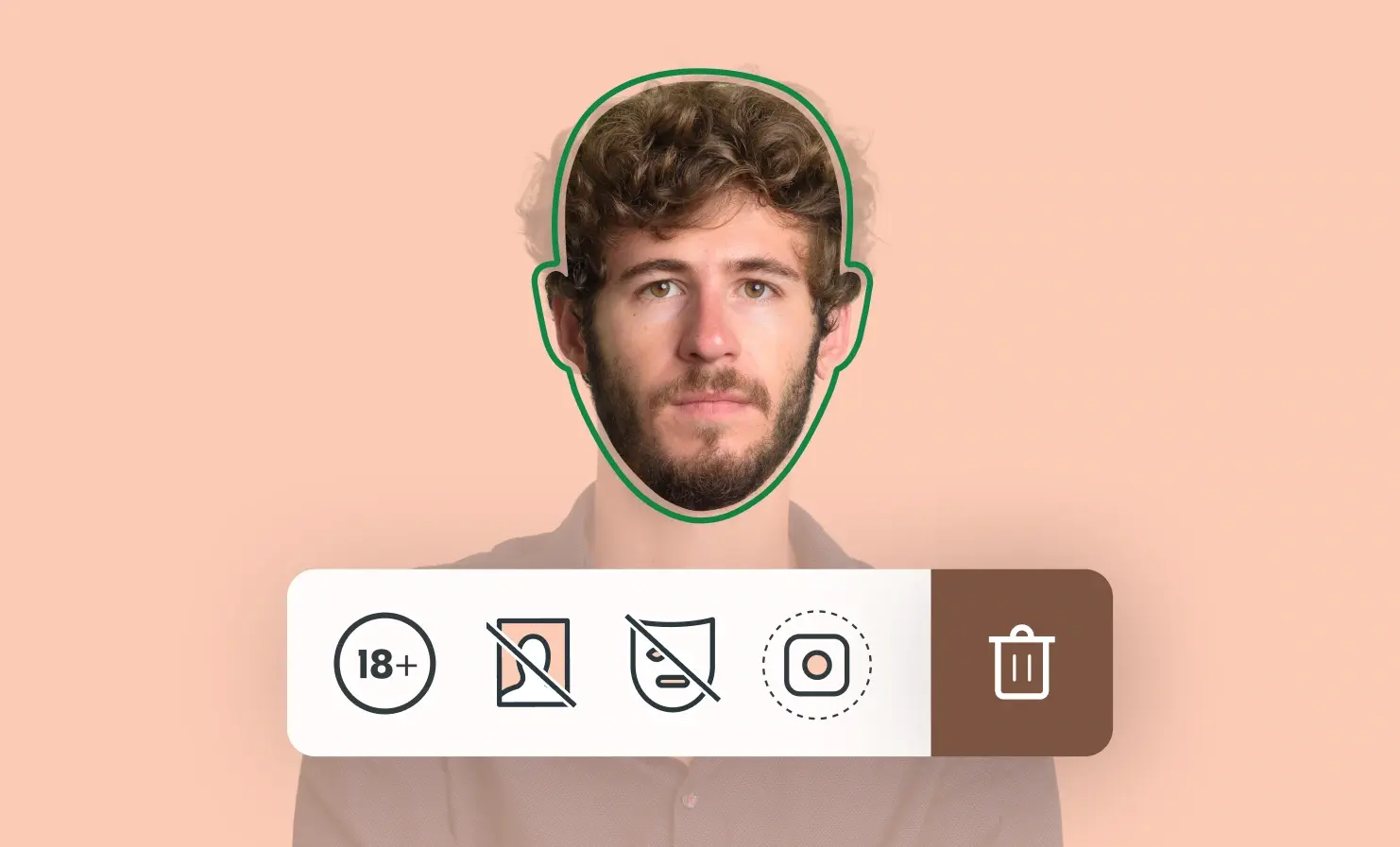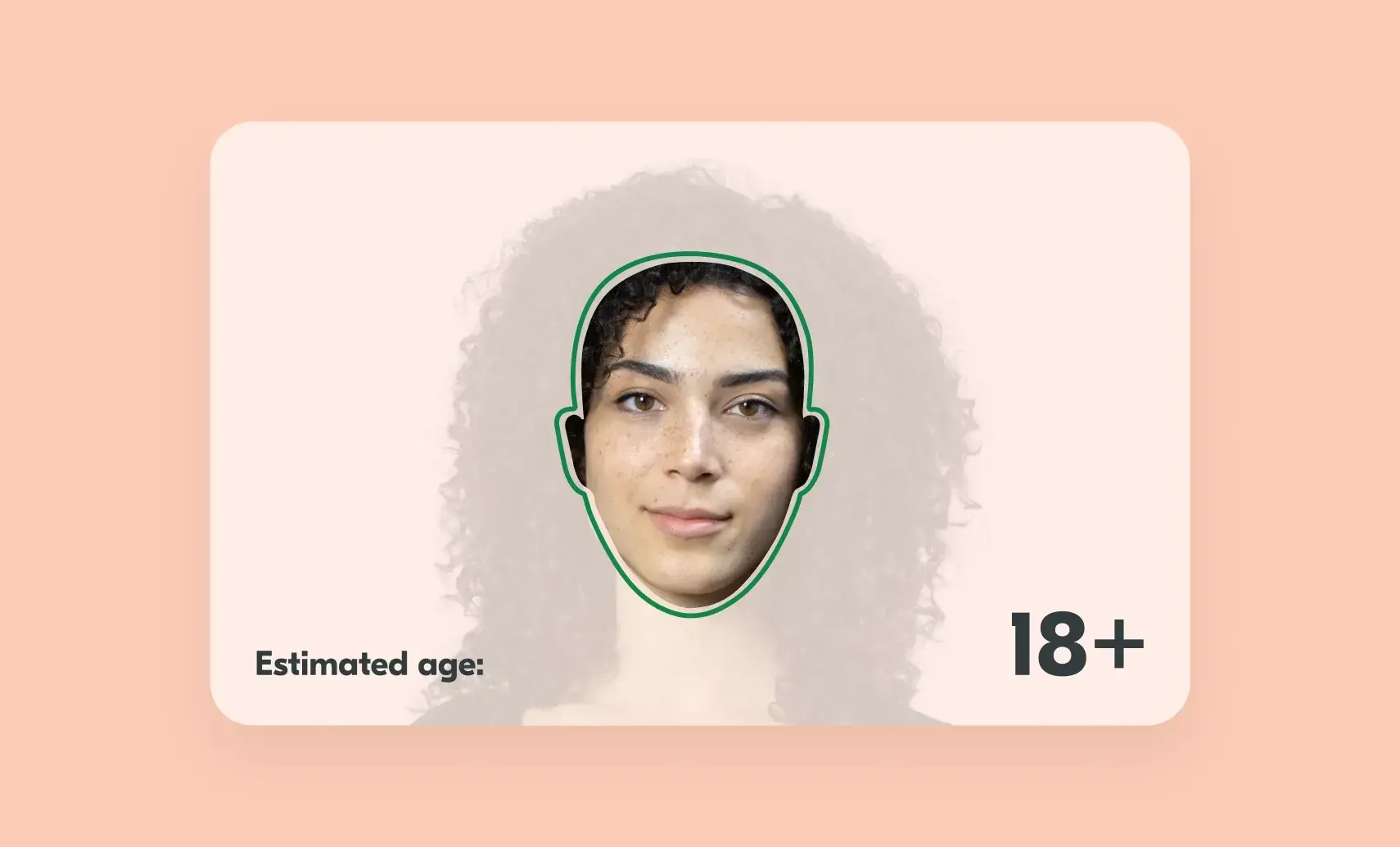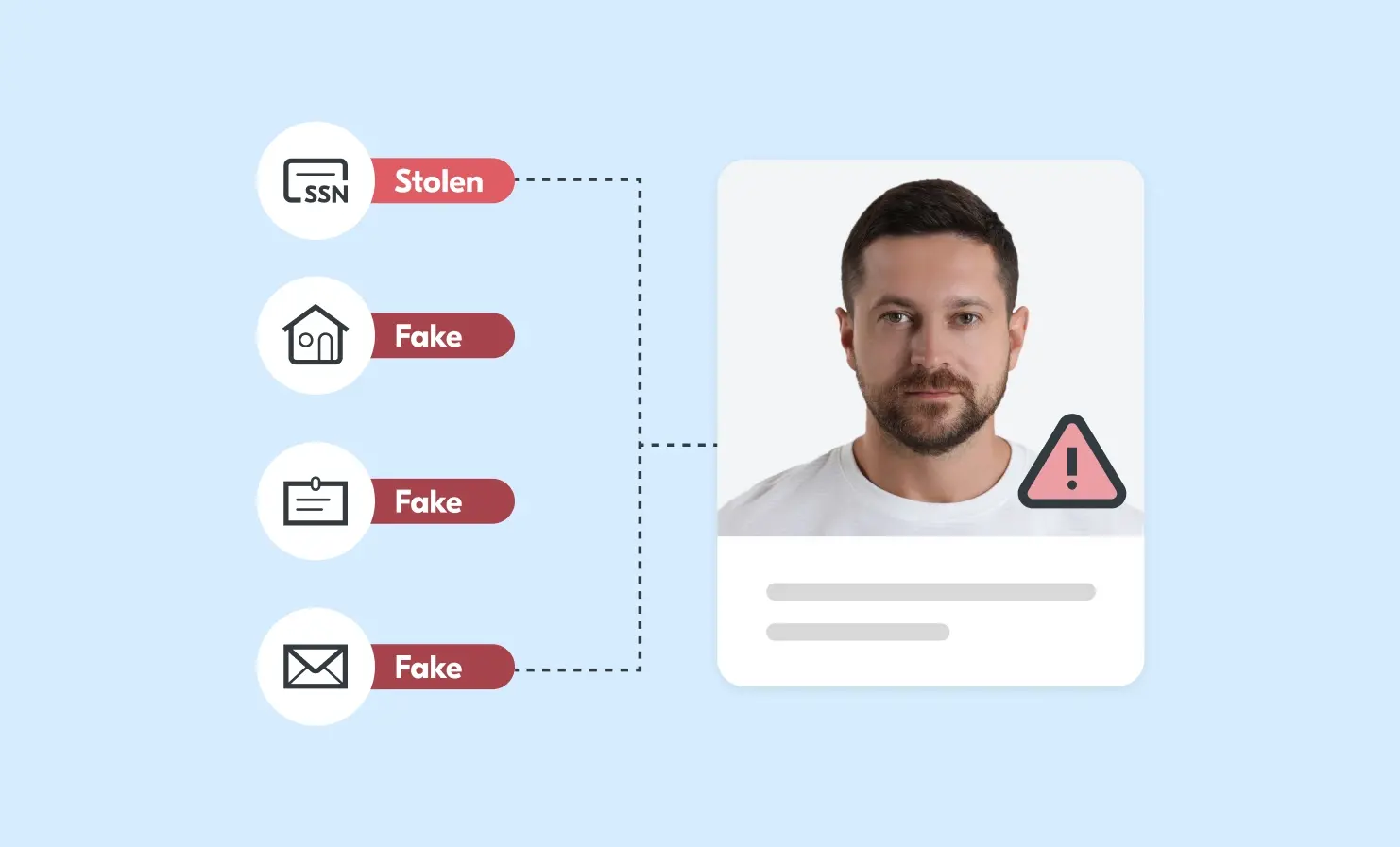
Since the UK Online Safety Act came into force on Friday 25th July, there has been a lot of discussion about how effective age checks are.
Facial age estimation has been approved by Ofcom as a high assurance method for online age checks. It’s a quick, private and effective way to confirm if someone is above or below an age threshold.
Each facial age estimation is quick and simple – taking around one second. This has sparked conversation when talking to businesses, press, regulators and governments – one of the most striking comments we’ve heard when showing them the technology is: “is that it?”.
Well, yes – but in that second, there’s an awful amount happening behind the scenes, with our anti-spoofing technology playing a critical role.
What happens to complete a facial age estimation check
There are broadly four important steps to a facial age estimation check:
- Image capture
- Age estimation
- Anti-spoofing checks
- Image deletion
Image capture
The first step to a successful age assurance check is a good quality image. Yoti has an automated face capture module that prompts the user to frame their face for an optimal result. There is then no further action required of the user, like further movements, or the requirement to repeat words. Face capture automatically captures the best image for a successful age check. This improves accessibility.
Age estimation
We then break down that image into pixels – which is essentially a series of numbers. We can then analyse that with a mathematical model using our machine learning algorithm, which is able to produce a reliable age result from that data. We return only the result required, for example, ‘over 18’. We do not know who the person is, and neither does the platform.
Anti-spoofing checks
An equally important question is, how secure is the process? There’s little point in estimating the age of a face accurately if it’s not a real face in front of the camera. This is why it is important to use a combination of technologies to offer a high level of assurance.
An attempt to present an image, mask or video is often called a presentation attack. To overcome this we use our NIST 2 certified liveness technology. This ensures that the person undertaking the check is a real person and not someone wearing a mask, or presenting a picture or video of another (older or younger) person to the camera.
Image deletion
The image of the user is then deleted and no data is stored. The only thing we pass over to the platform is a ‘Yes/No’ answer as to whether the person meets the required age threshold or not. It is impossible for the platform, and for Yoti, to know the identity of the person from facial age estimation.
Why use facial age estimation
Facial age estimation is a practical and effective way of ensuring children can enjoy an online experience without being able to access inappropriate content. We have successfully performed over 850 million age checks to date, the equivalent to a tenth of the global population.



